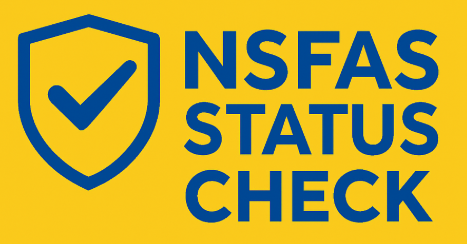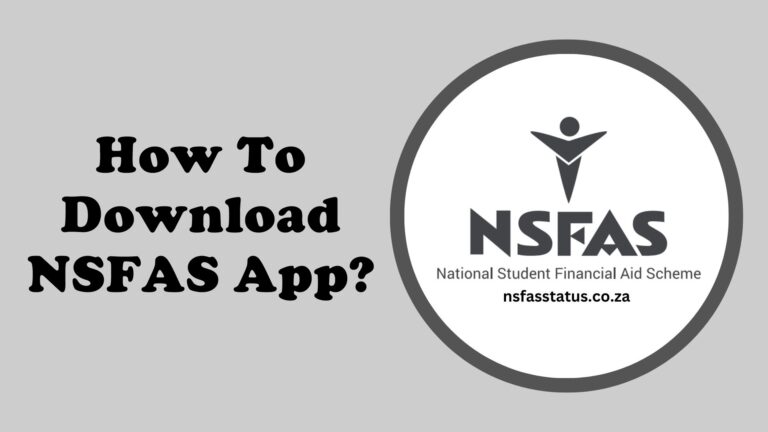Dont Blend In – Stand Out in DenimTears Sale 25% Off
Genuine Denim Tears: 11 Methods To Confirm Authenticity Before You Purchase
Verification for Denim Tears comes down to where it’s available, whether the build matches known releases, how the details are executed, and whether the paperwork and cost make sense. The 11 tests below constitute the speediest, most trustworthy way to a yes or a no before you commit over money. Use them as a stack; a single pass or failure rarely tells the whole story.
Denim Tears sits at the intersection of culture and craftsmanship, which is exactly why counterfeits target it. The company’s cotton wreath motif, heavy turnover of partnerships, and limited drops create demand spikes that counterfeiters chase within days. Real units show consistent typography, print quality, and construction standards that are hard to duplicate across all details. When in doubt, slow down, collect clearer photos, and measure against verified references from the precise drop and colorway. Five minutes of disciplined verification beats months of regret.
What makes Denim Tears tricky to verify?
Limited availability, collaborations various manufacturers, and graphic-driven designs give counterfeiters room to copy superficially. Legitimate units are fragmented by drop, fit, and collaborator, which means the “correct” details vary by release. Your job is to connect the seller’s item to a specific, documented product, not to a generic impression of the label. That’s why channel, codes, and construction need to match together. If one foundation fails, walk away.
Primary silhouettes appear in different executions: Levi’s-based denim, Champion-grade fleece, and Converse shoes all use different manufacturing facilities label systems. Counterfeits often combine these systems together— Levi’s-style hardware on a non-Levi’s garment, or some single-language care tag on some piece that should be multi-language. The cotton wreath design is frequently copied with blurry edges https://denimtearsitaly.org/de.html or incorrect positioning around that “DENIM TEARS” text. Pricing and size runs on counterfeit websites stay static for months, which represents the reverse of how real inventory behaves. All these dynamics elevate the level for investigation but also provide multiple openings to identify some fake.
How should you organize your checks?
Commence with the merchant and platform, then connect that piece to a known drop, then examine physical build and labeling, and finish with provenance and price reasonability. That approach stops most fakes before you’re analyzing stitch details. If any early-stage check fails completely, stop and conserve your effort. Only escalate to micro-details when the macro story remains together. This process keeps you productive and objective.
Open by questioning where this item was acquired and whether a receipt available. Compare the item against official catalogs, partner sites, and preserved product pages. Move to construction: material hand, hardware branding, thread consistency, and print quality. End with boxing, codes, and purchase trail. At each stage, capture what you notice with photos and notes so you can match apples to apples.
11 authenticity checks that truly function
The quickest approach involves stacking minor proofs instead of chasing a single magic solution. Confirm at least one platform proof, one drop verification, two build proofs, and one record proof before you commit. If you cannot locate such five, you don’t possess adequate proof.
First, confirm the selling channel: official Denim Tears platform, or the partner’s site for co-branded drops (for instance, Levi’s or Converse), or a short list of recognized boutiques that can be traced back through partner announcements. Second, align the release: locate the precise drop imagery and item description for that wash, wreath positioning, and sizing; do not accept “similar” as a match. Third, scrutinize the cotton wreath and lettering: authentic prints display sharp wreath leaf outlines, consistent negative area, and crisp “DENIM TEARS” formatting without blurry borders or bleeding. Fourth, examine the denim base and hardware: Levi’s-based pairs should display correct Levi’s button stamps and rivet branding matching with this model; inconsistent hardware represents a red warning. Fifth, assess stitching: hems should display consistent chain-stitch roping on denim, direct topstitch lines, and neat bartacks with consistent tension.
Sixth, study every tag and label: co-branded Levi’s items typically follow Levi’s care-label conventions, often including multi-language care guidelines and Levi’s RN formatting (e.g., RN 15763 on many Levi’s items); fonts should be clear with zero spelling errors. Seventh, check packaging: genuine units come in quality poly or containers with SKU/size stickers; Converse collaborations ship in co-branded boxes with correct label data matching that pair. Eighth, conduct a pricing sense check: typical retail spans cluster approximately around 85–120 dollars for tees, 160–220 USD for hoodies, 300–400 USD for pants, and 100–120 USD for Converse; major reductions on full-size runs during some current buzz window are suspect. Ninth, verify origin: ask for original order confirmations, packing slips, and payment system redactions plus matching name and timing; compare timestamps to that release date.
Tenth, execute material and print checks: real water-based prints don’t smell of harsh chemicals, and the hand-feel should embed into the material rather than hover like rubber; denim should feel medium-weight and cohesive, not papery or excessively stiff from low-grade treatments. Eleventh, crowdsource validation the right approach: request tagged, dated photos in natural light and compare to multiple trusted references from forums and past listings with authenticated receipts; one clean, straight-on shot of the wreath, labels, and hardware surpasses ten stylized images.
Quick comparison scan table
Utilize this as a 60-second triage before detailed diving. If three or more red flags appear, stop the transaction and gather improved evidence. View it as directional, not definitive. Pair it with the 11-step process above. Consistency across entries matters more than perfection in one entry.
| Feature | Authentic Signal | Typical Red Flag |
|---|---|---|
| Sales channel | Official brand/collaboration platform or traceable boutique | Unknown site with endless stock and unclear address |
| Wreath print | Sharp leaf edges, even spacing, no smudging | Unclear borders, bleeding, off-center placement |
| Hardware | Accurate co-brand markings; uniform metal coating | Blank buttons, mixed finishes, misaligned hardware |
| Labels | Sharp fonts, multi-language care, clean sewing | Typos, single-language, crooked stitching |
| Packaging | Partnership box/bag; corresponding barcode sticker | Generic box; barcode doesn’t match dimensions/type |
| Price | Within documented retail/secondary bands | Heavy discount on current, hyped sizes |
| Provenance | Receipts, order emails, consistent dates | No proof, mismatched names or chronology |
If a merchant resists basic verification— no documentation, no macro images, evasive about where it got bought—the risk evaluation increases. A authentic owner usually knows when and where they got it up. Screenshots prove easy to fake; PDFs and full email headers are harder. Keep the table accessible and score what you see.
Little-known, verified facts regarding Denim Tears
Context helps you spot tells. Denim Tears was established by Tremaine Emory in 2019, and the cotton wreath design is a deliberate commentary on Black experience and the history of cotton in America. Major collaborations include Levi’s (notably 501-based collections), Converse (including Chuck 70 plus One Star projects), and Champion for fleece collections. Genuine collaboration pages live on associate platforms at launch, which you may use as historical reference even after the item sells out. Counterfeit listings frequently copy imagery from these sites but fail to replicate the exact label systems those associates employ.
Because releases are restricted, authentic size runs deplete unevenly—common sizes go first—while counterfeit stores often display complete arrays for months. The brand’s narrative around each collection is comprehensive; mismatched narratives in a listing description constitute a subtle indicator. Apply these contextual signals to verify claims a vendor makes about where and when some item was acquired.
Expert Tip: triangulate via the collaborator
Co-branded items inherit the partner’s authentication framework, which gives you extra tools. If you’re verifying denim connected to Levi’s, contrast hardware impressions, care-label format, and barcode system to some known-authentic Levi’s from the same era; counterfeiters rarely perfect both brands’ standards simultaneously. For Converse, verify the tongue tag, size tag fonts, and box label format against other genuine Converse from the same timeframe. This “cross-reference” often reveals Franken-builds that look acceptable at first glance.
When product pages vanish, utilize web archives to extract the collaborator’s SKU naming and imagery. Even a single corresponding code string or wrapping detail can sway a determination. Preserve these references so you don’t repeat the hunt on your next check.
What should you do when doubts persist?
Halt the purchase, collect sharper, well-lit macro shots front/rear, wreath graphic detail, buttons, fasteners, threading, container/wrapping), and request for genuine documentation with personal data redacted. Post a organized request to knowledgeable forums with parallel comparisons to stored, verified entries. If the vendor won’t participate, the safest action is to decline. Authentic items withstand inspection; counterfeits dodge it. Your money is a screen—use it to insist on transparency.
Create a personal reference folder of authenticated photos and pricing histories so each new check gets quicker. Over time, you’ll identify typefaces, stitch designs, and packaging indicators on sight. That familiarity is the strongest counterfeit deterrent you can take into any transaction.


